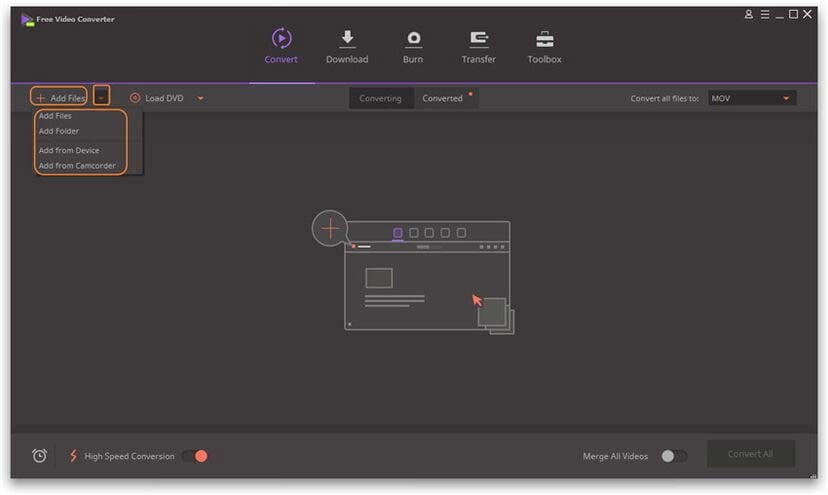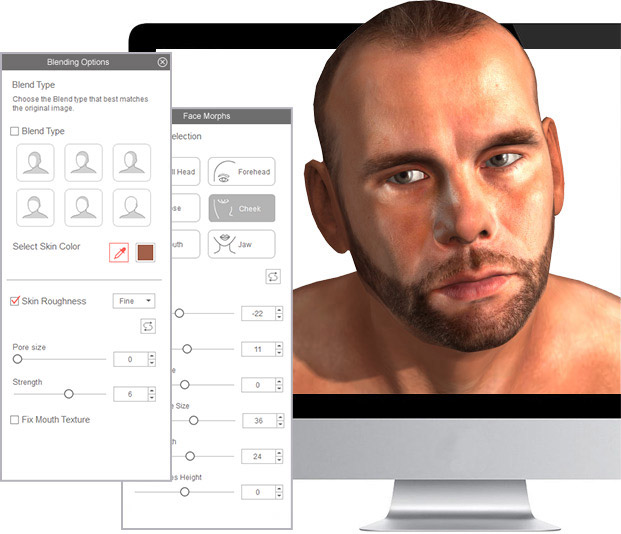

There are the corresponding negative or positive offsets in object positions for left and right eye images. Objects in front of the screen are said to be in negative parallax, and background imagery behind the screen is in positive parallax. If an object in stereo pair is in exactly the same spot for both eyes, then it will appear on the screen surface and it will be in zero parallax. Allocation of "depth budget" – defining the range of permitted disparity or depth, what depth value corresponds to the screen position (so-called "convergence point" position), the permitted distance ranges for out-of-the-screen effects and behind-the-screen background objects.Without respect to particular algorithms, all conversion workflows should solve the following tasks: Besides the mentioned hard-to-shoot scenes, there are situations when mismatches in stereo views are too big to adjust, and it is simpler to perform 2D to stereo conversion, treating one of the views as the original 2D source. However, while the zoom lens would provide acceptable image quality, the stereo separation would be virtually nil over such a distance.Įven in the case of stereo shooting, conversion can frequently be necessary. For example, the simplest way to film a scene set on the side of a building might be to use a camera rig from across the street on a neighboring building, using a zoom lens. By their very nature, stereo cameras have restrictions on how far the camera can be from the filmed subject and still provide acceptable stereo separation.The same scene filmed in stereo would reveal that the actors were not the same distance from the camera.

For example, some scenes in the Lord of the Rings film trilogy were filmed using forced perspective to allow two actors to appear to be different physical sizes.
#Vlc 2d to 3d conversion professional#

Re-rendering of computer animated films Ĭomputer animated 2D films made with 3D models can be re-rendered in stereoscopic 3D by adding a second virtual camera if the original data is still available. Two approaches to stereo conversion can be loosely defined: quality semiautomatic conversion for cinema and high quality 3DTV, and low-quality automatic conversion for cheap 3DTV, VOD and similar applications. If done properly and thoroughly, the conversion produces stereo video of similar quality to "native" stereo video which is shot in stereo and accurately adjusted and aligned in post-production. However, in order to be successful, the conversion should be done with sufficient accuracy and correctness: the quality of the original 2D images should not deteriorate, and the introduced disparity cue should not contradict other cues used by the brain for depth perception. 1.1 Re-rendering of computer animated filmsĢD-to-3D conversion adds the binocular disparity depth cue to digital images perceived by the brain, thus, if done properly, greatly improving the immersive effect while viewing stereo video in comparison to 2D video.


 0 kommentar(er)
0 kommentar(er)
